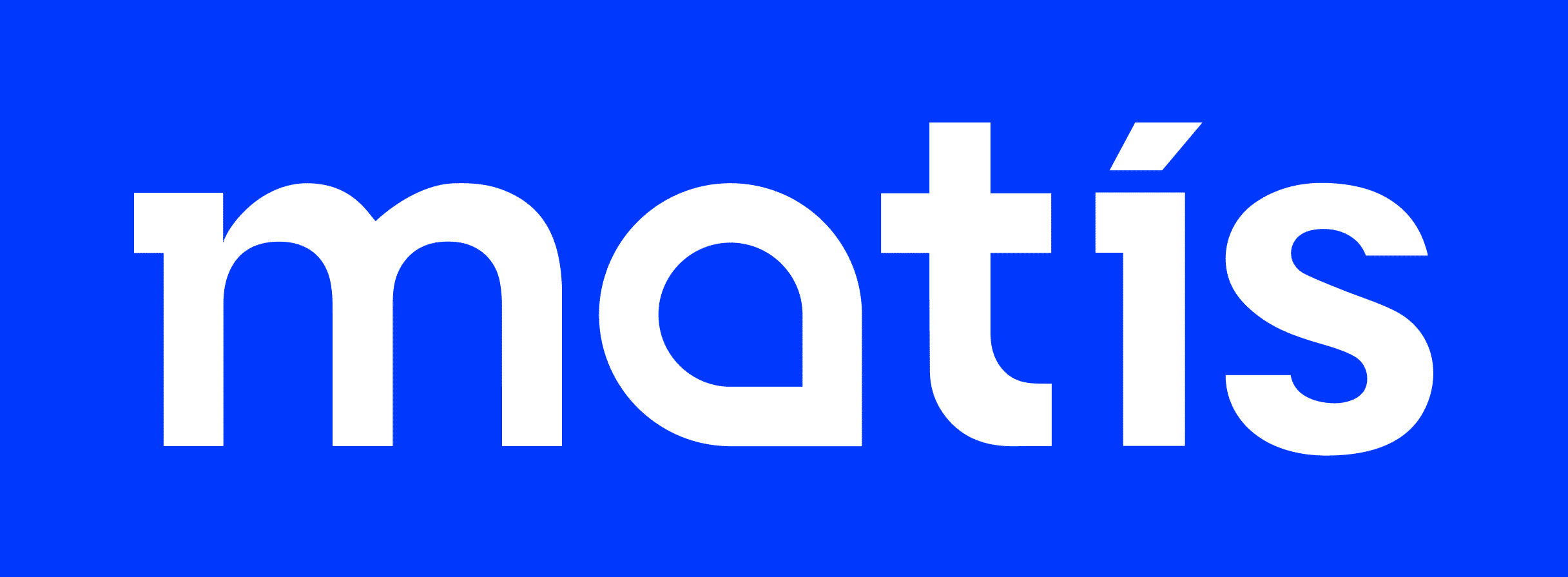Emilía Martinsdóttir, Head of the Processing and Product Development Division, is currently chair of the European Sensory Network (ESN), an international association of research institutes and companies in the field of sensory evaluation and consumer research.
The ESN has 23 participants from 16 European countries, but there are also four non-European members of the organization: from Canada, South Africa, Australia and Israel.
This international organization was originally established as a forum for discussion and collaboration among the best research companies in each country and is intended to ensure the food industry in each country accessible and safe methods of sensory evaluation. Participants all have extensive experience in this field.
A meeting was held at the European Sensory Netwok in early October in Copenhagen. The meeting was well attended because in addition to ESN participants, there were representatives of 15 food companies that have been invited to participate directly in ESN-Industry Network Partnerships.
The companies will provide funding for specific research projects that they can agree on, and the research projects will be carried out by two or more ESN participants at a time. New research projects will then be selected annually. This ESN industry platform will increase the interaction of individual ESN members with the food industry.
The foreign food companies that have now signed an agreement to join ESN are Givaudan, Kraft Foods, Symrise, Firmenich, Nestlé, Unilever, Friesland Foods, Danone, Heineken, GlaxoSmithKlene, General Mills, Tetra Pak, Philip Morris and Danisco.
More information is available on the ESN website, www.esn-network.com/, and with Emilia, emilia.martinsdottir@matis.is.

